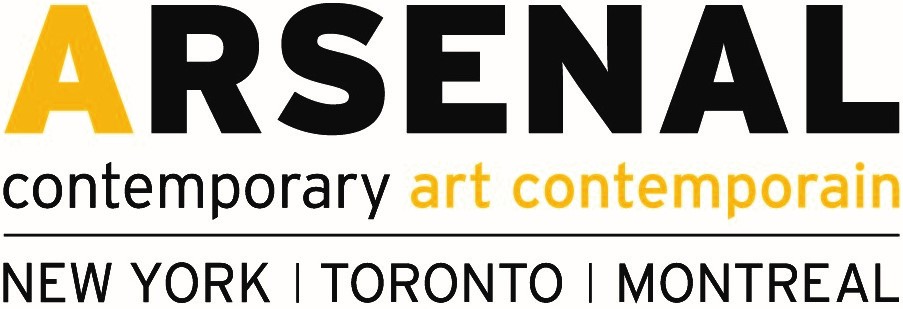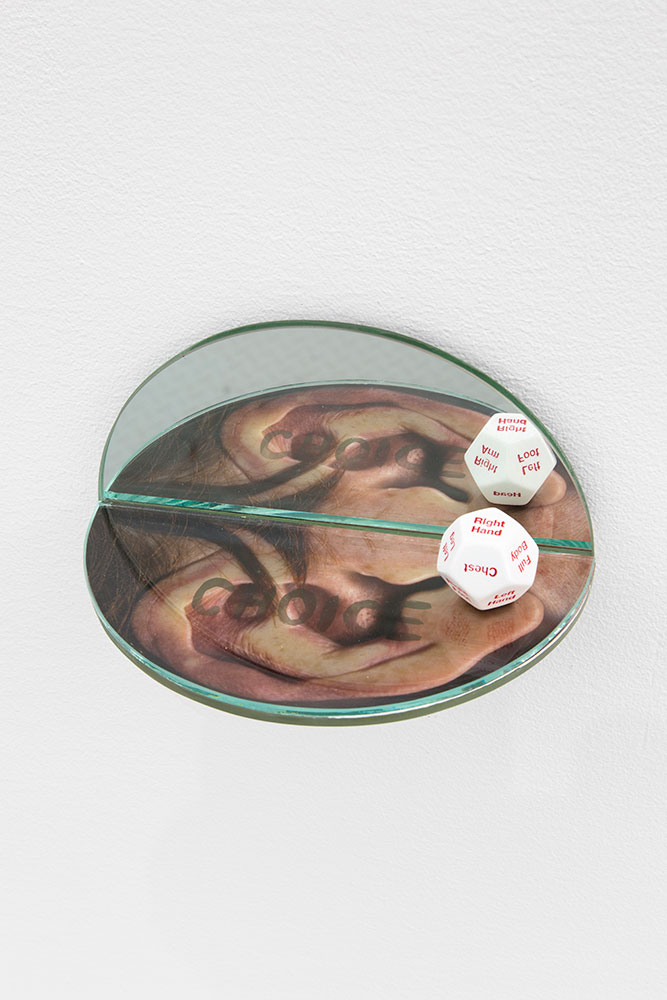A Kiss Under the Tail
GROUP EXHIBITION
July 12 - Sept 2, 2018
Opening
July 12, 2018, 6 - 8 p.m.
Exhibition Artists
Abbas Akhavan
Michael Assiff
Isabelle Cornaro
Latifa Echakhch
Julia Feyrer
Maskull Lasserre
Ana Mendieta
Virginia Lee Montgomery
Dena Yago
It is tempting to be charmed by a system defined by its destructiveness which nevertheless ceases to reach inhalation. To charm is to bedazzle (with an etymological wink towards the ornamental), through means both sinister and sincere. Pulling from this history, the artists included in this exhibition explore the folkloric rituals converted, concealed or eradicated through capitalism. Through manifold techniques, they return to forms of knowledge hitherto devalued, moving emphasis away from the coherent empiricism that enables an effective labor body and instead emphasize ecology, magic, and resistance.
The title of the exhibition, A Kiss Under the Tail (the English translation of Bacium Sub Cauda), is extracted from its 14th c. context, wherein it was applied as a common accusatory term leveled against the heretics, and later those women claimed as witches. Allegations of nightly orgies and pathological relations to animals which the term encompassed, are better understood today as strategical and covert planning by peasants for labor revolts.
Speculation, an innately fugitive act, allows for Abbas Akhavan’s work to withstand determinism. Bronze- cast wooden staffs and inverted mirrors conceal the origin or nucleus of the narratives Akhavan sets into motion, with experience suspended between knowing and not-yet knowing. This deferral of conclusions, both desired and terrifying, has become paradigmatic of contemporary geopolitics. Deftly formed out of the materials of global industry and trade, plastic and copper, Michael Assiff’s paintings and sculptures respectively catalogue the bio hazards and potential regenerative tools for this industrial matrix. With shifting weight recalling the vertigo of pending devastation, Maskull Lasserre recalculates forms, their stability teetering on, while being upheld by, our desire for destruction.
A quiet performativity underscores the work of Isabelle Cornaro and Latifa Echakhch. The suggestion of a stage negotiates a strategy of historical materialism, revealing relations of power through indexes of material culture. Decorated with pendants and jewels, Cornaro’s minimalist paintings and sculptures animate a history of consumption within the so-called apolitical field of aesthetics. Personal memory and shared history form a tableau of cultural making in Echakhch’s practice. Nervously suspended, her 19th century Neapolitan marionettes recall a colonial network of relations of this port metropolis, unstable and fragmented.
One strategy to reconcile the experience of disillusionment with systems of devalue for marginal subjects has been directional, a turning inwards. For Ana Mendieta, this centrifugal approach has famously meant a reconciling of the distance between the land and body of diasporic subjects. In her films and photographs from the Land Body series Mendieta reperforms the self through a series of ritualistic assertions, indexing a body that is in a mutually entropic relation to the earth. The tracking of the quotidian necessity of doing, undoing, and redoing becomes the conditions of Julia Feyrer’s practice. Semi-circular mirrored surfaces recall clocks; rendered functionless ,they become tools enlisted to perform the subconscious’ deviancy.
Have you ever noticed that we always speak about the right to leisure, but never about a right to laziness?
- posed Barthes in 1979.
The refusal to labor is both an act and a politics that has long proven effective. The expectations and understanding of the laboring female body are traced through pressed wool, a material determined by its history of craft, in Dena Yago’s fabric hangings. Yago leverages the specific connotations of female work, shifting through history and space, via images that have come to encapsulate and determine its varied meanings. Punctuating the exhibition are Virginia Lee Montmogomery’s anomalous pennies. Their rippling surfaces result in the deformation of Lincoln and Liberty, and route us back to the subversive agent who allowed these aberrations through to circulate within an equivalently aberrant market system.


























